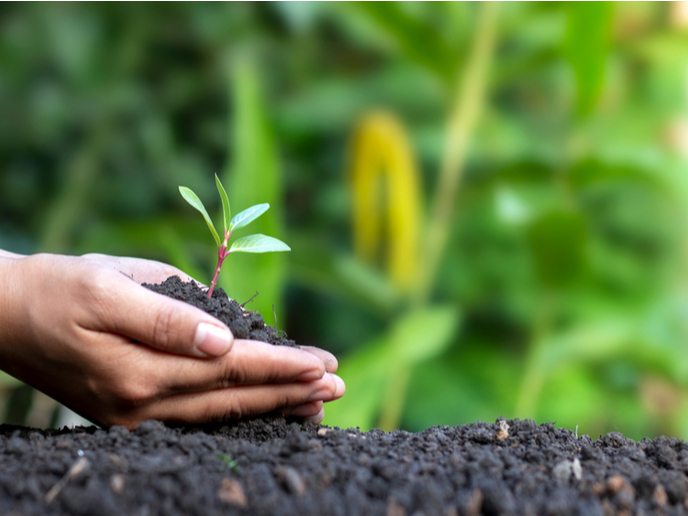How biodiversity helps human well-being
It is widely accepted that spending time in green spaces can alter our well-being, including aiding both physical and mental health. However, the specific role played by biodiversity – the variety of life on our planet – is relatively unknown. Previous research has largely assumed that green or blue spaces were homogenous and would have similar impacts on humans, which fails to take biodiversity into account. In the RELATE project, which was funded by the European Research Council(opens in new window), a team of researchers led by Zoe Davies(opens in new window), professor of Biodiversity Conservation at the University of Kent, developed an innovative approach to investigate the ecological and social complexities that underpin human well-being. “We brought together and integrated ecology, human geography, environmental economics and environmental psychology to explore human-nature relationships, with a specific focus on biodiversity,” explains Davies.
Heading out into the forest
The RELATE project worked with over 10 000 members of the British public to find out what characteristics of biodiversity they valued. This involved sectors of society often under-represented in research, such as the elderly, ethnic minorities and people from lower-income households. The team ran four ambitious workshops held across four seasons in the United Kingdom, including trips to forests that let participants roam through nature and report back about their well-being in relation to experiences with different life forms. “We gave them instant cameras and let them loose in the woodlands,” says Davies. Through a variety of other data collection formats, including images, discussions and questionnaires, people explained what various species – and their unique behaviours, shapes, sounds, colours, textures and smells – meant to them, and made them feel.
Diverse and translatable results
The team found several ‘keystone’(opens in new window) species provide disproportionate numbers of traits that lead to positive well-being responses. The vast majority of these were trees, such as silver birch, English oak and horse chestnut. “I didn’t realise that trees were going to be as important as we eventually found,” adds Davies. The results also showed that people are willing to pay more for sensory experiences from biodiversity, rather than specific ecological functions. “This is particularly true for people suffering from olfactory, hearing or sight impairments, and people who visit forests more often,” says Davies. The project also highlighted the influences of culture in people’s relationships with nature, including literature, films, gaming characters and comic superheroes. This suggests that biodiversity is part of everyday life and that culture can shape people’s perceptions of biodiversity around them.
BIO-WELL: a new tool to measure human-nature relationships
Using the workshop findings, along with additional focus groups, cognitive interviews and questionnaires, the RELATE team developed BIO-WELL, a new psychometric scale based on a series of questions that can quantify the effect biodiversity has on human well-being. BIO-WELL can be used by land managers, public health professionals and conservationists – or any interested citizens – to measure how well nature-based health interventions, or conservation efforts, are benefiting human well-being, as well as other species and wider ecosystems. BIO-WELL has already been translated into 30 languages, and will soon help health and conservation researchers across the world to analyse human-nature relationships in their own countries.







